2024 PI Meeting Project Summaries
Thank you for visiting the 2024 NSF ITEST Principal Investigator Meeting Project Summaries. One page descriptions of projects have been added to this library for the meeting. For more information visit the online program for the meeting.
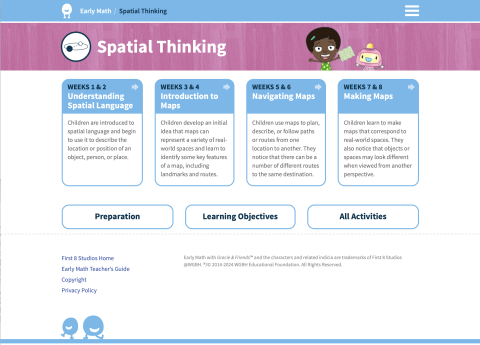
This project provides direct student learning opportunities to foster preschoolers’ spatial learning and STEM identity, particularly for underrepresented and underserved groups, by developing and researching a preschool mathematics curriculum supplement that leverages digital touch-screen tablets and Augmented Reality technologies. Spatial thinking, which includes spatial orientation, is often ignored in formal education settings during the early years. This is a significant curricular…
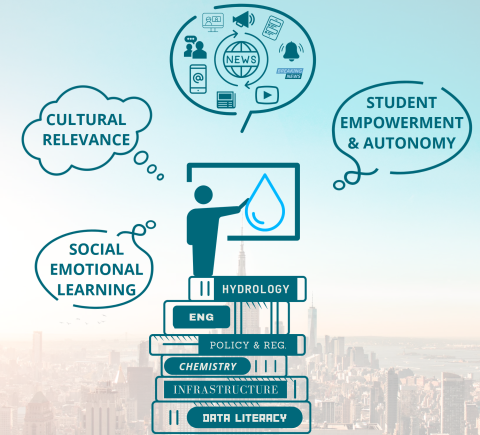
Over the last ten months, students in New York City schools have experienced several days of haze due to wildfires, repeated urban floods, an earthquake, and an eclipse. Between fear mongering news and social media posts, students and educators may be left with a sense of confusion, if not gloom. We posit that the use of interactive information platforms from state and national agencies (e.g., NOAA, USGS, NYSDEC) can fill an information gap in real time, favorable to student-driven inquiry,…
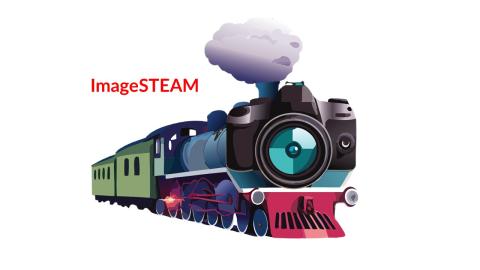
Artificial intelligence (AI) and its teaching in the K-12 grades has been championed as a vital need for the United States due to the technology’s future prominence in the 21st century. However, there remain several barriers including the inter- disciplinary knowledge needed and the lack of formal training or preparation for teachers to implement these topics in middle school curriculum. We present ImageSTEAM, a teacher professional development for creating lessons for middle school grades 6-8…
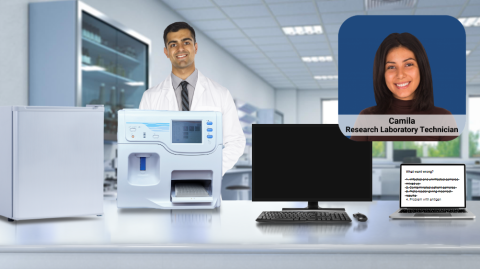
The CASCADE collaborative research project is working with strategic partners and career partners to create interactive, narrative simulations for use in informal learning environments (ILEs) serving youth in grades 6-12, primarily African American and Latinx who would be first generation college students in their families. CASCADE modules promote learning of collaborative skills for addressing math tasks arising in STEM career fields, and developing STEM career identity. Each module focuses on…
Make games, save the planet” is an Arizona State University program that positions young people as community science leaders who use STEM and media to envision and work toward the future they want to live in. With support from adult team members, participating youth leaders have created an XR game prototype to engage community members in exploring local impacts of climate change and possible futures. The program is organized as an equitable partnership, with young people leading the game…
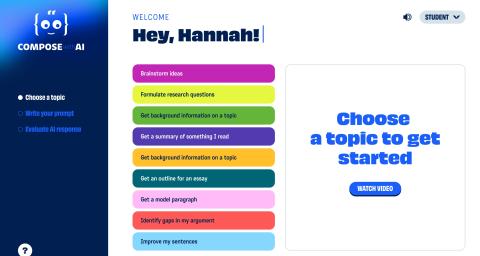
The purpose of this project is to rapidly develop a web-based platform, called Compose With AI, to address the urgent need for educational tools to support educators in teaching with and about AI. The Compose With AI platform guides students to evaluate AI-generated content and use factual information to compose common types of science-focused writing (e.g., composing arguments, claims or solutions related to science topics). Simultaneously, the Teacher Dashboard shows the process that each…
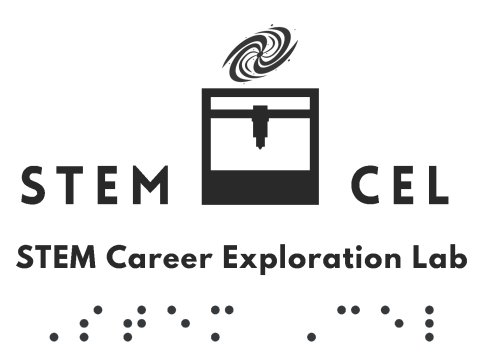
3D printing holds promise for students with blindness/visual impairments (B/VI) in addressing astronomy content, concept development, and providing access to information normally displayed visually. To help bolster astronomy and STEM opportunities for students with B/VI, we developed the STEM Career Exploration Lab (CEL), which employs tactile astronomy instruction via 3D printing and specially designed 3D-printed models. Our unique project centerpiece is the 3D printer build, where students…
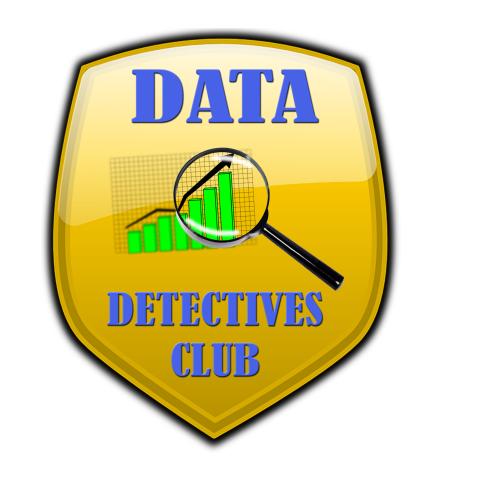
Since 2021, the COVID-Inspired Data Science Education through Epidemiology (CIDSEE) project has reached over 1,000 underserved youth nationwide, engaging them in a 15-hour out-of-school “Data Detectives Club” centered on a project-developed novel, "Pandemics!", which explores the spread of COVID, measles, smallpox, Ebola, polio, and plague. Clubs integrate data activities, modeling, animations, and career exploration. Participants use data tools and models to track the spread of…
Once hunted to local extinction, puffins have made a dramatic comeback and been re-established to historic nesting islands in Maine. This project combines a scientific adventure story about puffin restoration with data investigation on the relationships between puffin health and environmental factors. Students examine trends in several decades of curated National Audubon Society data about puffins, using an accessible open-source data tool to examine relationships among variables such as sea…
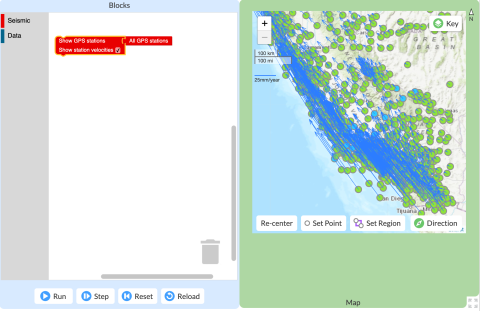
The goal of the Youthquake project is to engage middle school students in authentic computer-based investigations of earthquake hazards and risk in order to increase their interest in, and identity with, geoscience learning. YouthQuake’s unique approach to the curriculum design process gathers a diverse team to co-design student learning experiences around investigating earthquake hazards and conducting risk assessments that are specifically related to the student’s community. The curriculum…